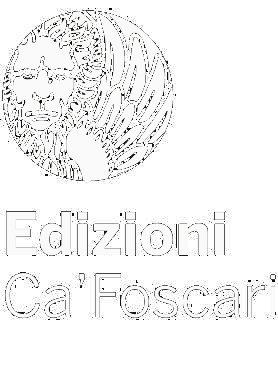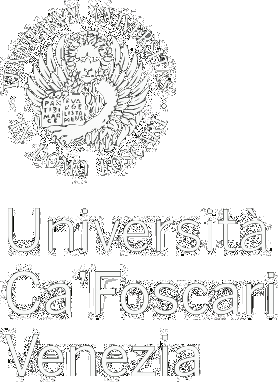Layers of Venice
Architecture, Arts and Antiquities at Rialto
abstract
The book offers a greater understanding of the multiple layers of meaning that have been superimposed in the course of the Medieval and Modern Ages in the Rialto area. The authors follow the Leitmotiv of the memorial component that each operation of architectural reuse has carried in the history of the church of San Giacomo di Rialto, a building which stands, emblematically, as a sort of architectural relic. Adopting this principle, the book offers an in-depth analysis of the spatial model, the reuse of individual architectural and decorative elements but also, on a larger scale, the different configurations of the urban context (the Rialto market) through the centuries, after repeated destruction, reconstruction and transformation. By adopting this multi-scale approach, the book reveals the key role played by the church in the narrative strategy adopted to perpetually renew the myth of Venice, taking on a conceptual and polysemantic dimension where each component (object, context, meaning, function, image) constitutes an element cultural memory, with each leaving a tangible trace of its own.
-
Keywords keyboard_arrow_down
Restoration • Romanesque • Rialto • Spolia • Concieri • Ancient Roman Capitals • Early Byzantine Capitals • Venetian Architecture • Acqua alta • Medieval architecture • Urban History • San Giacomo di Rialto • Early modern trade • Trading places • Banks • High Middle Ages • Vigilio Rubini • Basilica • Marbles • Medieval town • Byzantine • Reused materials • History of Venice • Reuse of building materials • Venetian Renaissance Sculpture • Giustizia • Alessandro Vittoria • History of Architecture • Early modern commercial institutions • Venetian Republic • Venetian Trade Guilds • Greek cruciform • Lieu de mémoire • Andrea dall’Aquila • Venice • Venetian early modern architecture • Bridge of Rialto • Medieval • Stones • Church of San Giacomo at Rialto
Sommario
- search 147 view
- file_download 23 download
Section I. Rialto’s Area in Medieval and Modern Time
- search 193 view
- file_download 34 download
- search 139 view
- file_download 25 download
- search 142 view
- file_download 22 download
Section II. On the Horns of a Dilemma
- search 234 view
- file_download 31 download
- search 100 view
- file_download 18 download
- search 127 view
- file_download 15 download
- search 186 view
- file_download 32 download
- search 179 view
- file_download 26 download






